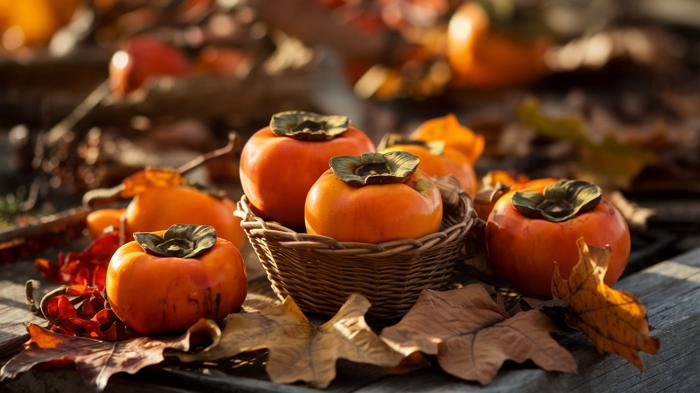
Persimmons are vibrant, juicy fruits that captivate with their sunny color and tender texture. However, many fans of this autumn berry know the disappointment of taking a bite only to experience astringent aftertaste. The astringency is caused by tannins present in unripe persimmons. Luckily, there are proven methods to turn even the most astringent persimmon into a sweet treat.
Why Are Persimmons Astringent?
Astringency is caused by the high levels of tannins in unripe fruits. These substances bind to the fruit’s cell walls and, when in contact with saliva, create a drying sensation in the mouth. As the fruit ripens, tannin levels decrease, and the persimmon loses its astringency. However, waiting for natural ripening can be inconvenient, especially if you want to enjoy persimmons right away.
Ways to Reduce Astringency
- Freezing
One of the simplest and most effective methods. Freezing not only reduces tannins but also makes the flesh of the persimmon softer and more tender.
- Place the fruits in the freezer for 12–24 hours.
- After freezing, allow the persimmons to fully thaw at room temperature.
- The flesh will become sweet and juicy, and the astringency will disappear.
- Ripening with Apples or Bananas
Fruits like apples and bananas emit ethylene gas, which speeds up the ripening process.
- Place the persimmons in a paper bag with an apple or banana.
- Close the bag and leave it in a warm place for 1–2 days.
- After a few days, the persimmons will become softer and sweeter.
- Warm Water
If there’s no time to wait for ripening, you can use the heat method.
- Place the fruits in a bowl of warm water (not exceeding 40–50°C).
- Leave them for 10–15 minutes.
- This method will slightly reduce astringency but won’t completely eliminate it if the persimmons are very unripe.
- Dried Persimmons
If an astringent persimmon catches you off guard, you can dry it.
- Cut the fruits into slices or leave them whole.
- Use a fruit dehydrator or leave the persimmons in a dry, warm place.
- Once dried, tannins significantly decrease, and the fruit’s flavor fully develops.
- Ripening in Sunlight
Another natural method is to leave persimmons on a windowsill with sunlight.
- Arrange the fruits on a plate or tray.
- Leave them for 3–5 days, turning occasionally.
How to Choose Sweet Persimmons
To avoid the issue of astringency, it’s important to choose the right fruits:
- Varieties: Choose varieties that are naturally less astringent, such as «Sharon» or «Fuyu».
- Color and Texture: Ripe persimmons have a rich orange or reddish hue and a slightly soft texture.
Helpful Tip
If you want to stock up on persimmons for the winter, use the freezing method. After thawing, persimmons retain their taste and nutritional properties, while the astringency disappears.
Persimmons are a true treasure trove of vitamins and antioxidants that deserve a place of honor on your table. Don’t let astringency ruin your enjoyment of this delicious and healthy fruit. Use simple and accessible methods to savor sweet persimmons all year round.